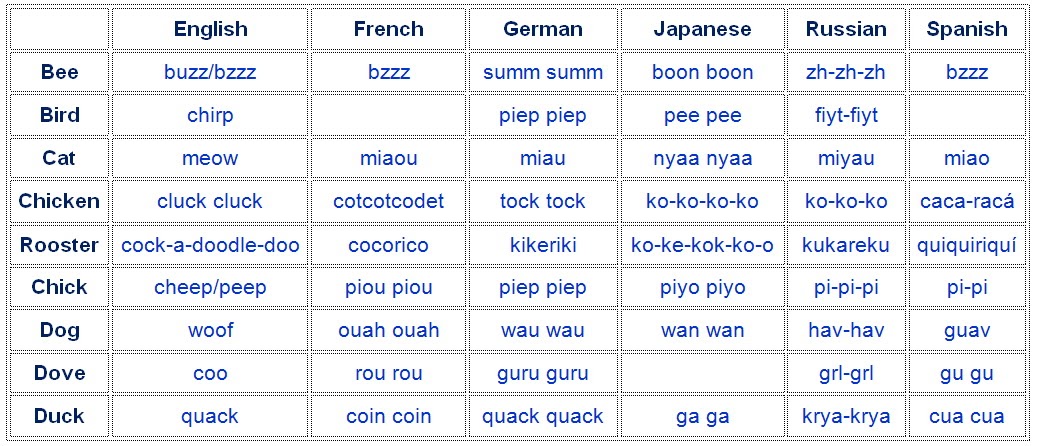
Why do European countries use a decimal comma instead of a decimal point? For example, in British Canada the decimal point is used, whereas in French Canada a comma is used as a decimal separator. And still in some other countries, both the decimal comma and the decimal period are used. In other countries, including most European countries, a comma is used before decimals. In many countries, in their respective languages, a period appears before decimals. In contrast, in the United States (as well as in other English-speaking countries including Australia, New Zealand, and the UK), the same amount is written as 300.10, using a decimal point. This means, for example, that three hundred euros and ten cents is written as 300,10-with a comma as a decimal marker. In most European countries, a comma is used to separate the integral part of a number from the decimal part. A document that was translated into English from another language may use the number formatting of the source language, no matter how confusing that may seem to a native English speaker. Of course, a document written in English by someone from a country in Europe may have numbers formatted as in English.

In brief: Number formatting in Europe Number formatting in Europe: The decimal separatorīefore diving into this topic, I want to clarify that in this article, when I talk about how the decimal separator or thousands separator is used in a country, I’m referring to the language of that country, not to how its residents or citizens format numbers when writing in English.


 0 kommentar(er)
0 kommentar(er)
